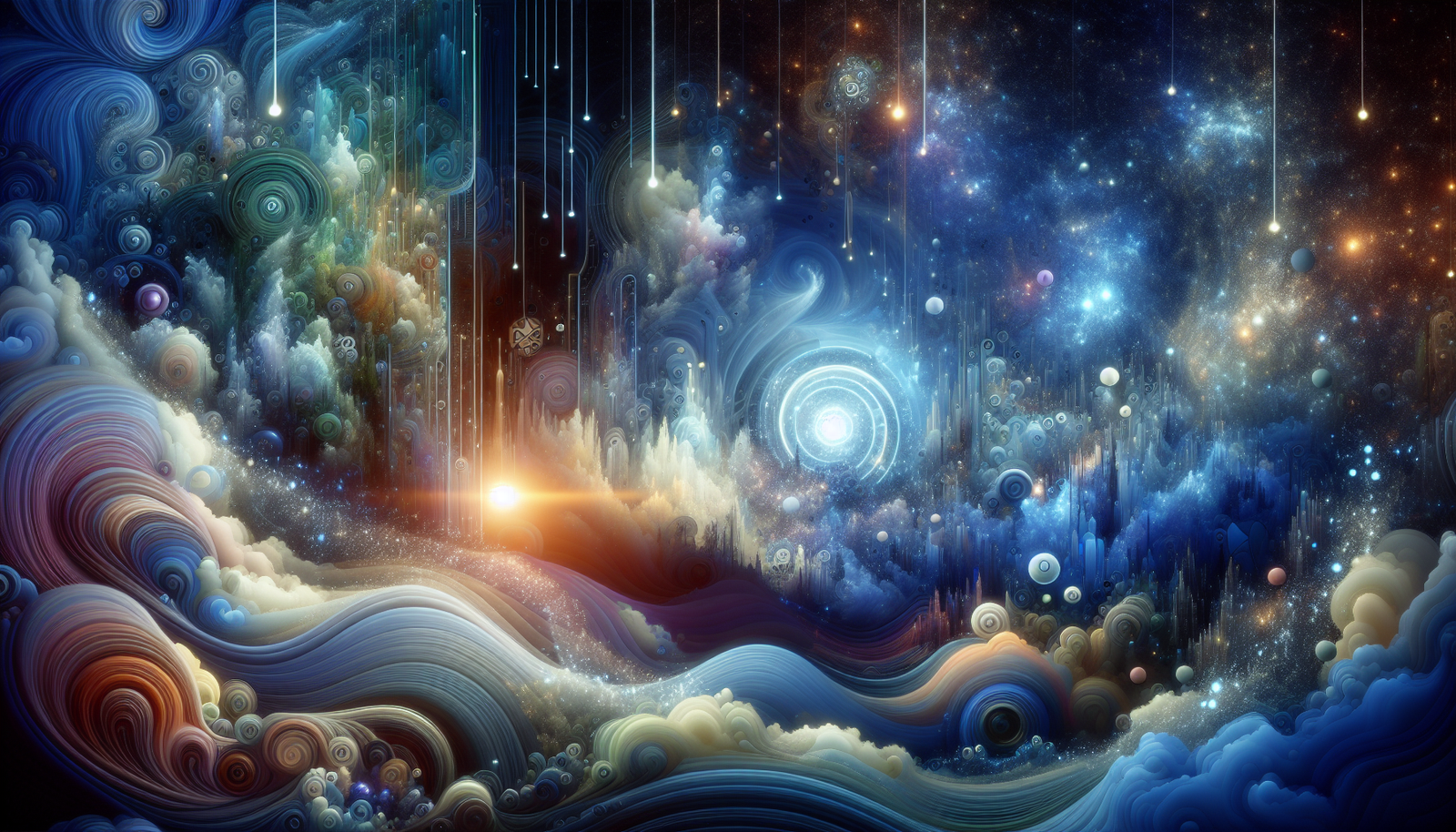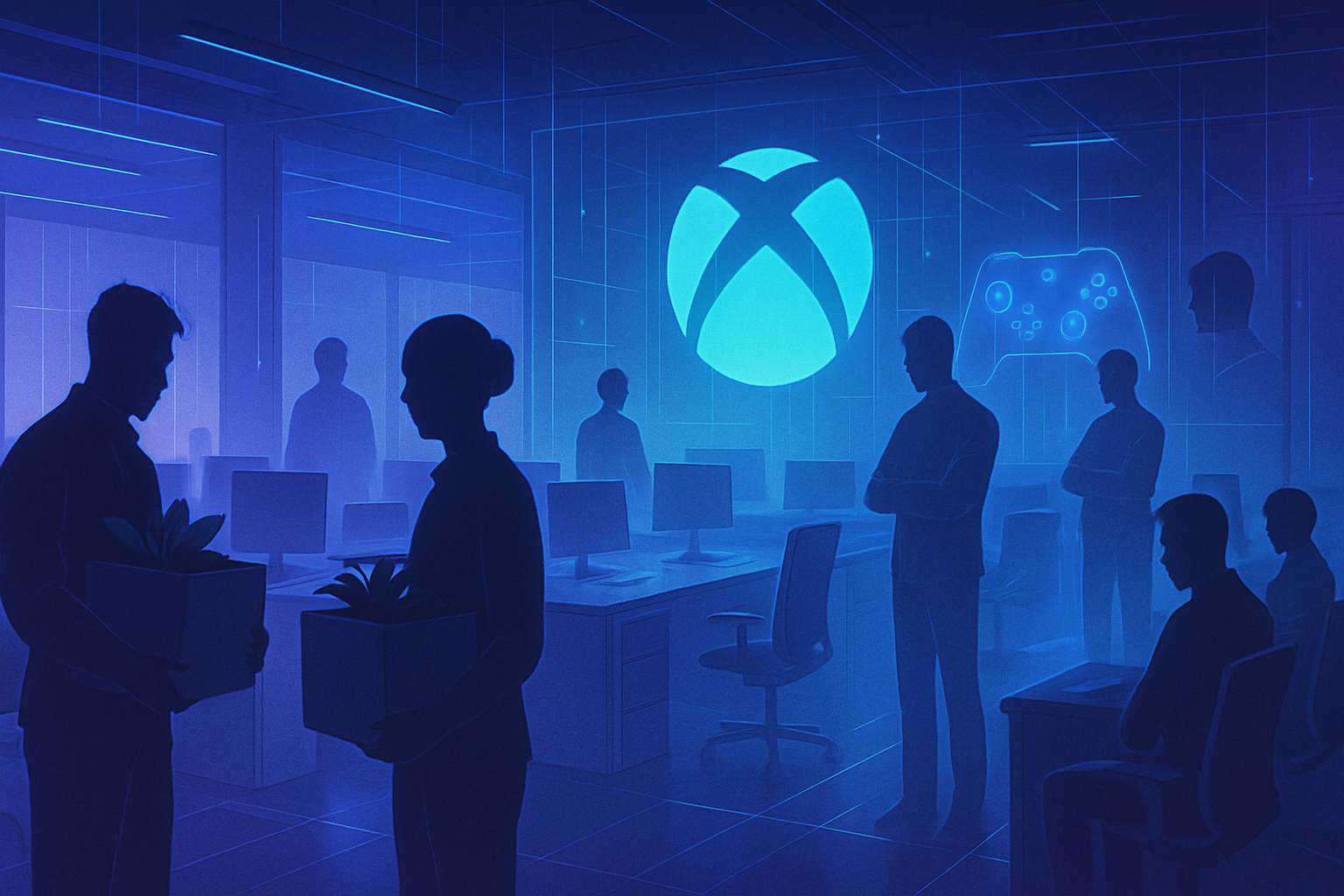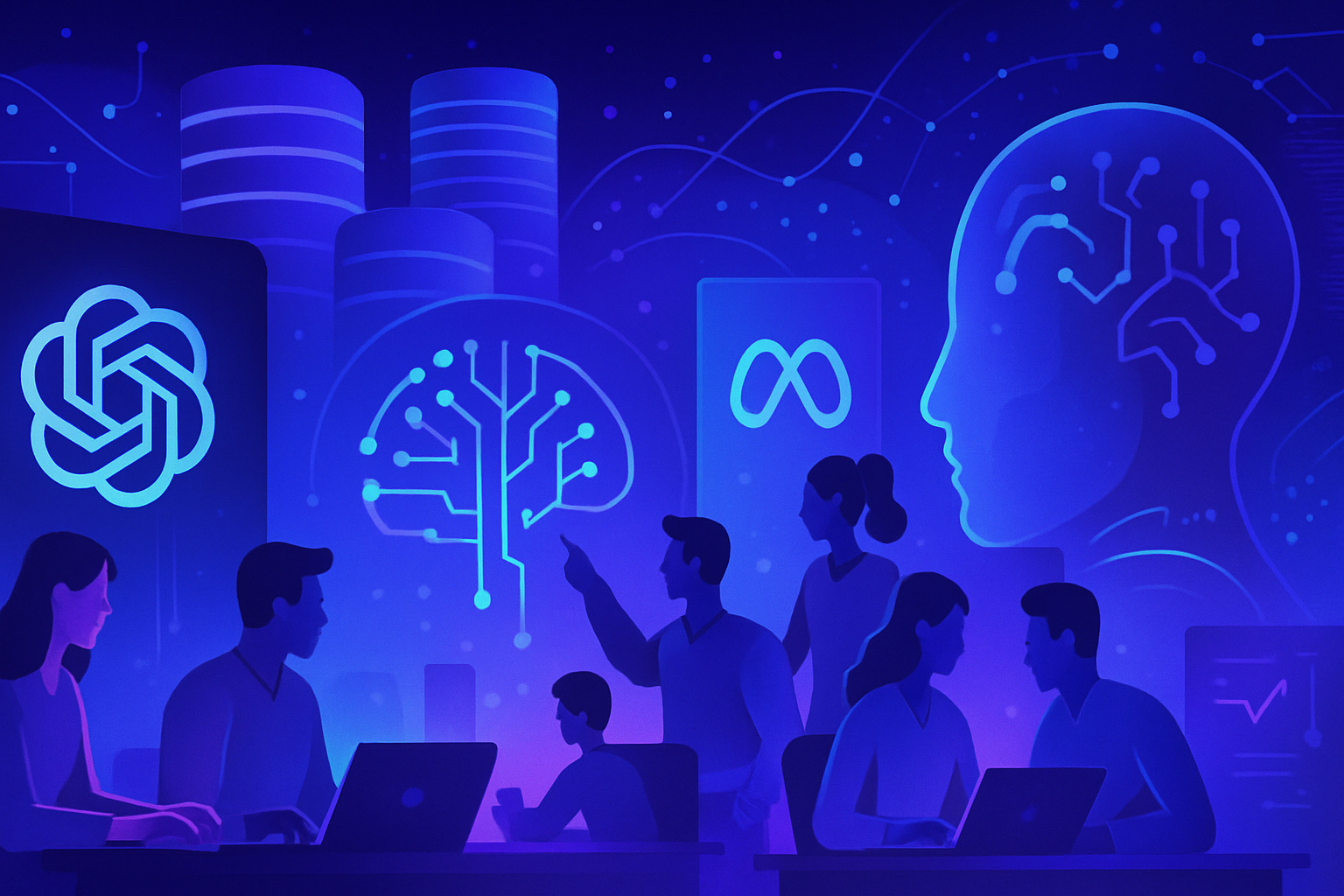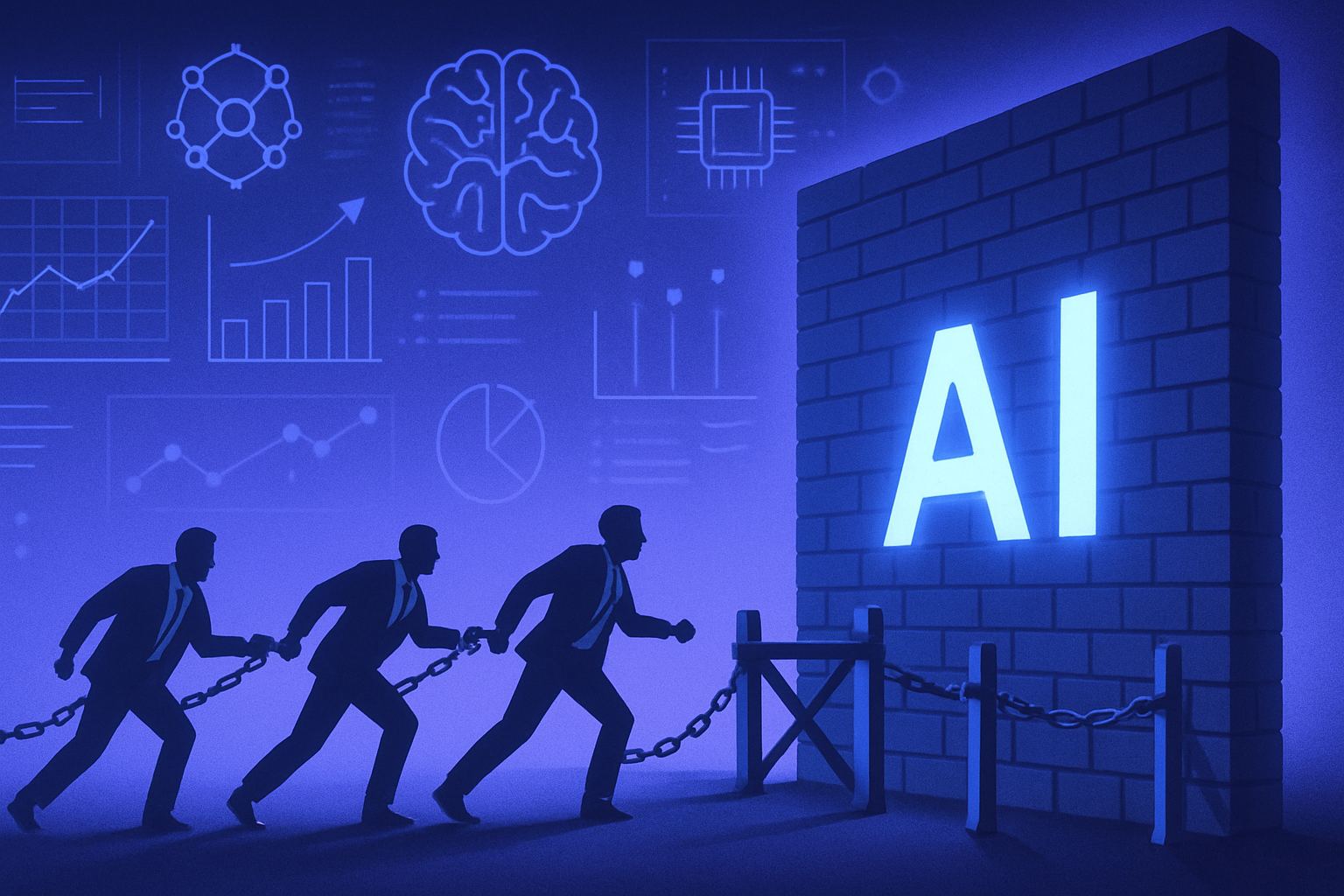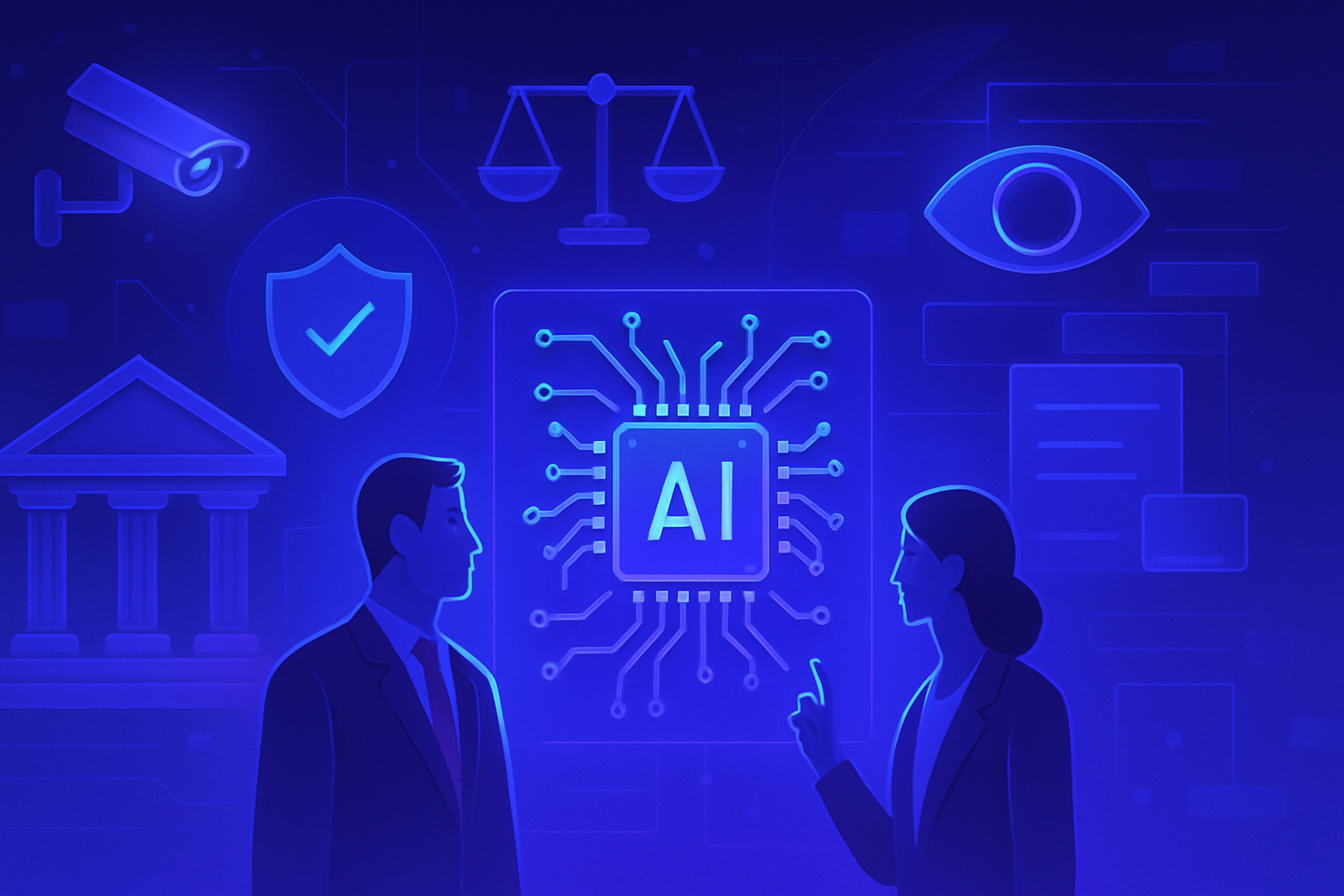The tenuous boundary between artistic creation and artificial intelligence raises profound questions about our relationship with the magic of the Ghibli universe. Recent images generated by algorithms are emerging, evoking the gentle nostalgia of Japanese animation, while also sparking controversy surrounding their authenticity. Can the soul of Ghibli truly thrive within a technology devoid of feelings?
The enchanting visuals, although fascinating, raise delicate ethical inquiries. Can a holistic style, full of meaning and subtlety, be reduced to numerical equations? A tension emerges between the artisanal magic crafted by talented artists and the dehumanized efficiency of machines.
The fascination with the Ghibli universe through AI
The Ghibli style has captured the collective imagination. Now, artificial intelligence seizes this style, provoking both wonder and debate. Digital platforms are filled with generated images that evoke the iconic scenes from the Japanese studio, but also raise deep questions about the very nature of artistic creation.
The magic of AI-generated works
Thousands of visuals inspired by the world of Hayao Miyazaki continually appear on social media. Users transfer their selfies into stylized versions, imitating the enchanting landscapes of Ghibli films. Such creativity elicits diverse reactions, ranging from enthusiasm to sharp criticism.
The identity of a style in danger
The question that emerges seems fundamental: does artificial intelligence truly imitate an aesthetic or an artistic philosophy? Are the creations merely a pale copy of an established style, without taking into account the narrative and emotional threads? These images generated by AI lack the soul that animates each Ghibli work. They convey only impressions, drained of their essence.
Ethics and originality: a heated debate
Artists are beginning to question the intellectual property of their work in the face of these machines. By using millions of images available on the web, AI reproduces a style without ever crediting its true creators. The boundary between inspiration and plagiarism becomes blurred, and ethical nuances darken.
The creative process at Ghibli
Hayao Miyazaki advocates for an artisanal approach. Each animation is born from a human gesture, vibrating with palpable passion. The works of Ghibli are not mere products, but deep reflections on life, nature, and human emotions. This approach contrasts with the mechanical nature of AI-generated images.
Ecological consequences of AI technologies
The mass production of images requires enormous energy resources. Each image is not simply the result of an algorithm, but also the outcome of an energy-consuming ecosystem. These practices raise questions: what are the repercussions on our environment?
Reflection on artistic memory
The technological illusion must not overshadow the memory of the artistic gesture. The absence of intention behind AI-generated creations raises important questions. What legacy do we wish to preserve in our quest for speed and immediacy? This debate, which touches the very essence of creation, illustrates the growing tension between tradition and technology.
A resistance to standardization
The Ghibli Studio, with its unique vision, represents a counter-culture against automation. Far from trends, it prioritizes raw emotion, the richness of humanity, and the slowness of the creative process. Ghibli offers a space of resistance in an increasingly homogenized world.
Frequently Asked Questions
What is the Ghibli style and why is it so special?
The Ghibli style is a unique blend of imagination, gentleness, and emotional depth created by Studio Ghibli. Its films evoke a dreamlike atmosphere that touches on childhood and wonder, offering a refuge from reality. This style transcends generations and invites reflection on the world around us.
How does artificial intelligence reproduce the Ghibli style?
AI uses advanced algorithms to analyze vast archives of images and identify visual patterns specific to the Ghibli universe. By combining different textures, colors, and graphic elements, it generates works that follow the aesthetic codes, but without the human emotion that underlies them.
Can AI-created images truly capture the soul of Ghibli?
No, AI-generated images do not truly capture the soul of Ghibli. They imitate graphic and aesthetic elements but cannot reproduce the emotions, intention, and cultural depth that characterize works created by human artists.
Are there ethical concerns regarding AI-generated art inspired by Ghibli?
Yes, there are significant ethical concerns. AI-generated art often relies on existing works without crediting the original artists, raising questions of intellectual property and exploitation of human creations. This also leads to debates about the value of art and the importance of creative intention.
How do Ghibli fans react to the use of AI to reproduce their universe?
Reactions vary: some fans are captivated by the opportunity to interact with representations of their favorite universe, while others express concerns about authenticity and the impact of AI on traditional art and Ghibli culture.
In what ways do Ghibli works differ from AI-generated creations?
Ghibli works stand out due to their narrative depth, artistic sensitivity, and the humanity that emanates from each creation. Although AI may reproduce visual styles, it does not capture the emotional nuances and stories that enrich each Ghibli film.
What are the environmental implications of AI-generated art?
The mass production of images by AI requires significant energy resources and can have a substantial ecological footprint due to the data centers needed. This raises questions about the sustainability of these technologies and their impact on the environment.
How does Studio Ghibli approach the emergence of AI in artistic creation?
Studio Ghibli, particularly Hayao Miyazaki, advocates for an artisanal vision of animation, emphasizing the importance of human gesture and emotion in every work. They view AI as a tool that cannot replace original creativity and handcrafted artistic work.
Is it possible to integrate AI technologies in the creation of Ghibli works while remaining true to its spirit?
Yes, it is possible to integrate AI technologies thoughtfully, using these tools to support human creativity rather than replace it. However, maintaining the essence of Ghibli art requires particular attention to the sensitivity, emotion, and intention behind each piece created.
